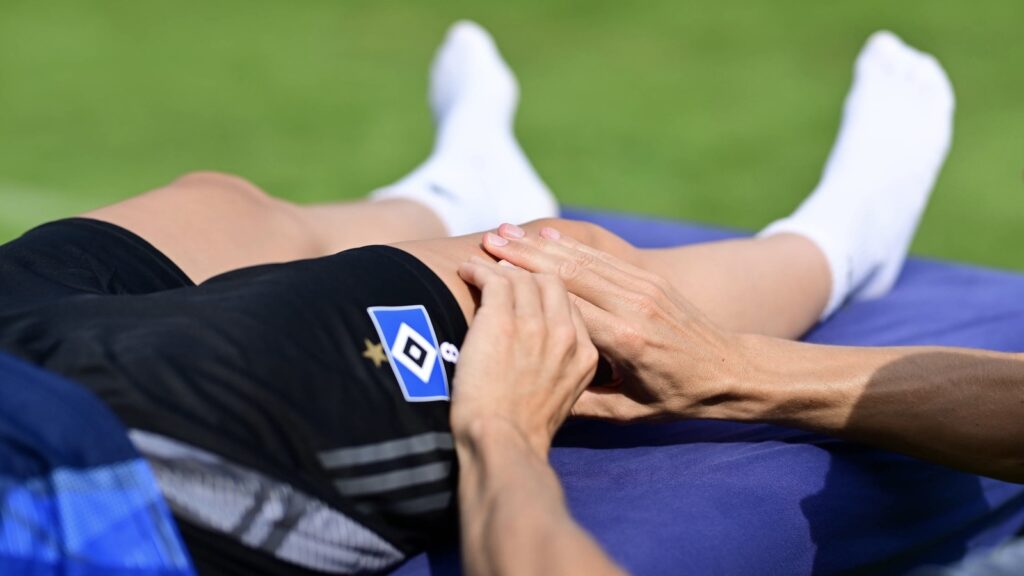Professional football requires serious exertion. Players cover more distance, sprint often & face packed schedules that put the body under pressure. To be at their very best, recovery is not just a question of resting anymore, it’s a science now. Elite players follow a set of treatments, along with technology and lifestyle control. They do so to ensure rapid recovery and build injury prevention. Training is one thing; recovery is another.
Ice Baths and Cryotherapy
The most iconic picture after a tough game is players slipping into ice baths. Cold plunges reduce muscle soreness and inflammation. It hinders blood flow to the muscles and slows down metabolic processes. When players exit, the blood flow returns, helping to flush the waste product like lactic acid.
Cryotherapy is a modern recovery option. Players spend a few minutes in chambers that chill the air to temperatures around minus 110°C . This reduces swelling and in turn promotes an endorphin effect, shortening recovery time. Clubs such as Real Madrid and Manchester United have invested heavily in cryotherapy.

Massages and Physiotherapy
Hands-on treatment is another crucial element of recovery. Professional footballers use massages for muscle tightness and circulation. Sports massages are different from regular massages. The work on areas of concern like hamstrings, calves, and quads that are under constant stress.
Physiotherapy also includes stretching routines and mobility exercises. These help in preventing small issues from converting into major injuries. For injured players, certain massage therapy accelerates recovery and reduces scar tissue formation.
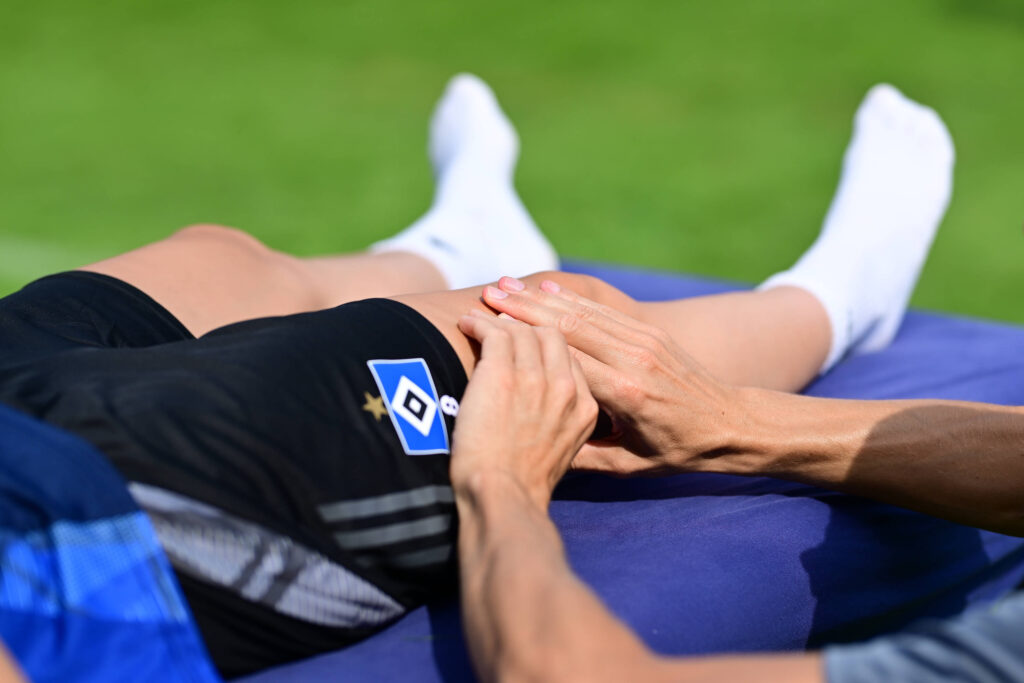
Sleep Optimization
Perhaps the most neglected recovery tool is sleep. Footballers often consult sleep experts to help them get consistent sleep. Sleep repairs muscle tissue, rests the mind and restores energy. Poor sleeping only slows down recovery – and can, later on, be considered as one of the causes for injuries.
Individual conduct assures the best sleep, and footballers are very strict. Many have no TV in the bedroom and follow strict schedules even while travelling. Some clubs also give players sleep tracking devices and custom mattresses. Cristiano Ronaldo, is known to nap quite a few times during the day for quick recovery.
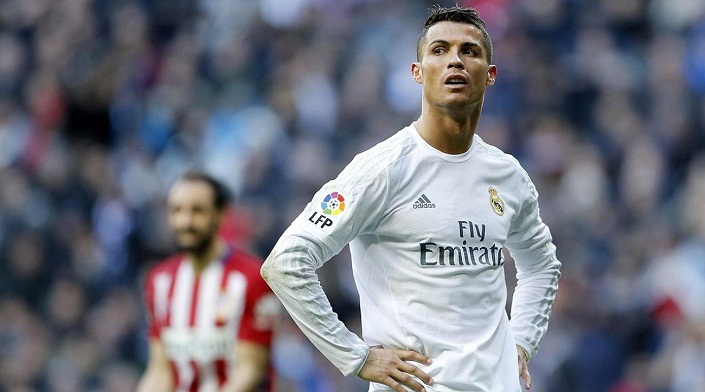
Nutrition and Hydration
Proper nourishment is essential in recovery. After a game, players try to recover with protein shakes and carbohydrate-dense foods. Protein works to rebuild damaged muscle fiber. Carbohydrates restore glycogen depleted during intense exercise.
Hydration is also very important. Loss of fluid through sweat may hamper performance in future. Hence electrolyte drinks are used to restore the imbalance with a rush. For injuries, dietary regimens help to reduce inflammation and recover faster.
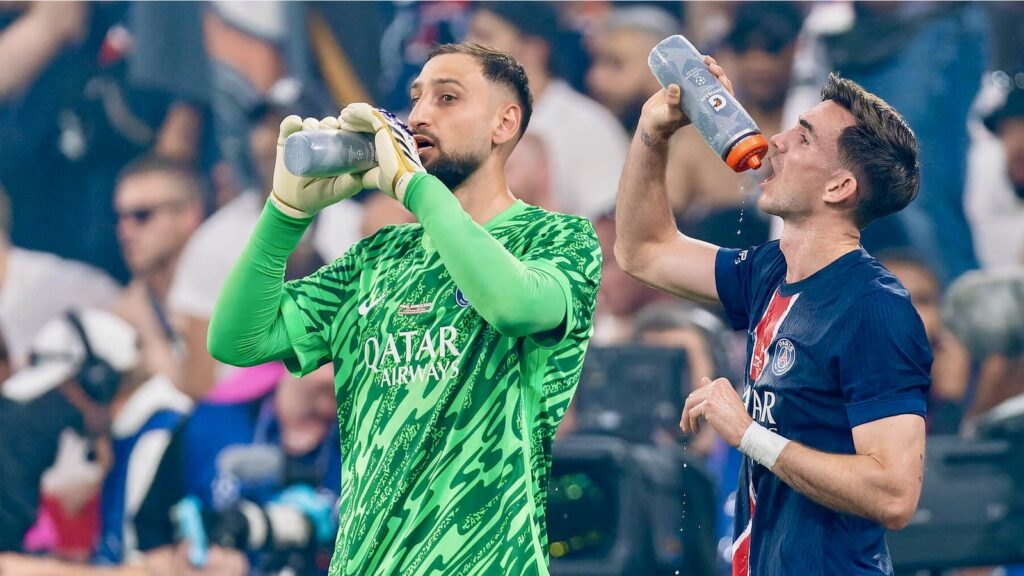
Active Recovery and Light Training
Recovery is not all about being still. The day following a game, majority of footballers perform some light training. These activities include cycling, swimming, or jogging at low intensity. They help in maintaining blood flow and stretch out cramped muscles without adding excess stress.
Yoga & Pilates improve flexibility and core strength with less risk of muscular imbalance. They are particularly valuable during a period of congested fixtures. They maintain and improve long-term fitness.
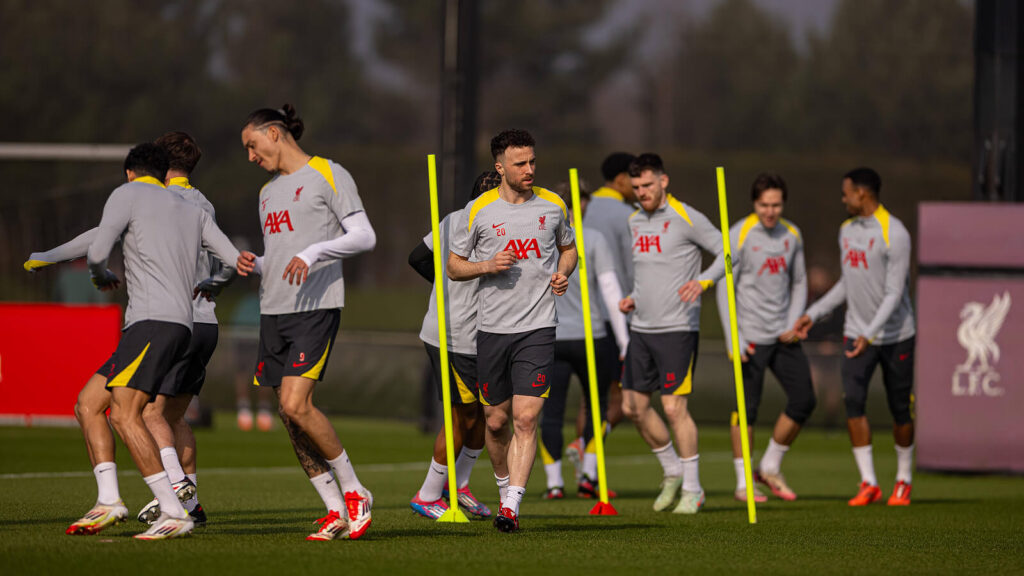
Recovery After Matches vs. After Injuries
Usually, this recovery depends on the situation. After normal games, players look to reduce fatigue, restore energy for the next game. Ice baths, cryotherapy, light training, massages, and special diets may enter into this.
Injured players spend more time in fitness, gym training and non-impact exercises. Physiotherapy exercises take more time and are more specific. Hydrotherapy and laser equipment can be used before and after physiotherapy. This helps in reconditioning them to return to play.
Mental Recovery
Modern football also recognizes the importance of mental recovery. Competition, traveling, and spotlights can be draining. Clubs hire psychologists to help the players manage stress and maintain concentration. Meditation, visualization, and breathing techniques have become an integral part of recovery. These techniques keep athletes sharp mentally.
Science Meets Discipline
Football recovery is a blend of science, technology, and discipline. Recovery on a daily basis keeps performance levels consistent. Rehabilitation from an injury is a well-organized path to health.
Recovery is no longer an option in today’s game – it is a necessity. The best footballers know the work that comes after the final whistle is as important as the show on the pitch.
